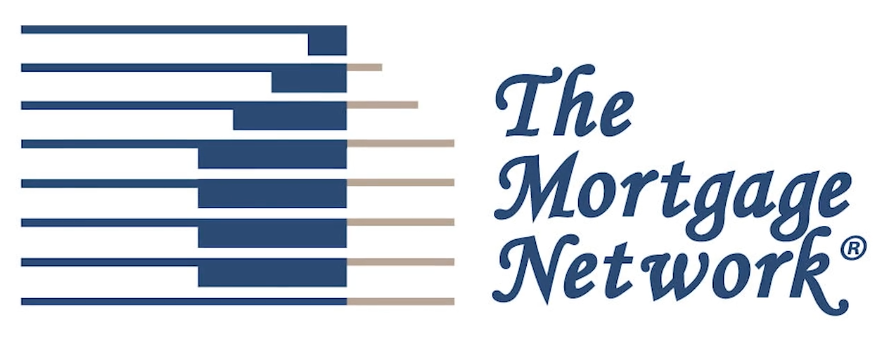Basic facts about student loan you should know.
Not sure how you (or your kids) will pay for college? You might be planning on a combination of savings, scholarships and grants, but it doesn’t hurt to understand your options for student loans too.
Where can students get a loan
- Federal loans — Federal government loans with fixed interest rates. Repayment isn’t required until after graduation.
- Private loans — From a bank or other entity, these loans often have variable rates. Repayment may begin while the student is still in school
Federal or private — which is best?
Experts generally recommend applying for federal loans first because they typically come with lower interest rates and more flexible repayment options. The first step is to complete the Free Application for Federal Student Aid (FAFSA), and then to consider three types of federal loans:
Federal Direct Loans
— Unsubsidized loans are available to all students, regardless of financial need. These loans start accumulating interest as soon as they are received. Some students may qualify for subsidized loans, which cover the interest while the recipient is in school.
Federal PLUS Loans
— Geared to graduate and professional degree students, or parents of students pursuing undergraduate degrees, a PLUS loan requires a credit check.
Federal Perkins Loans
— These are need-based, government-funded loans administered by the college or university. The amount available to an individual student depends on how much is still available at the school, so apply early.





